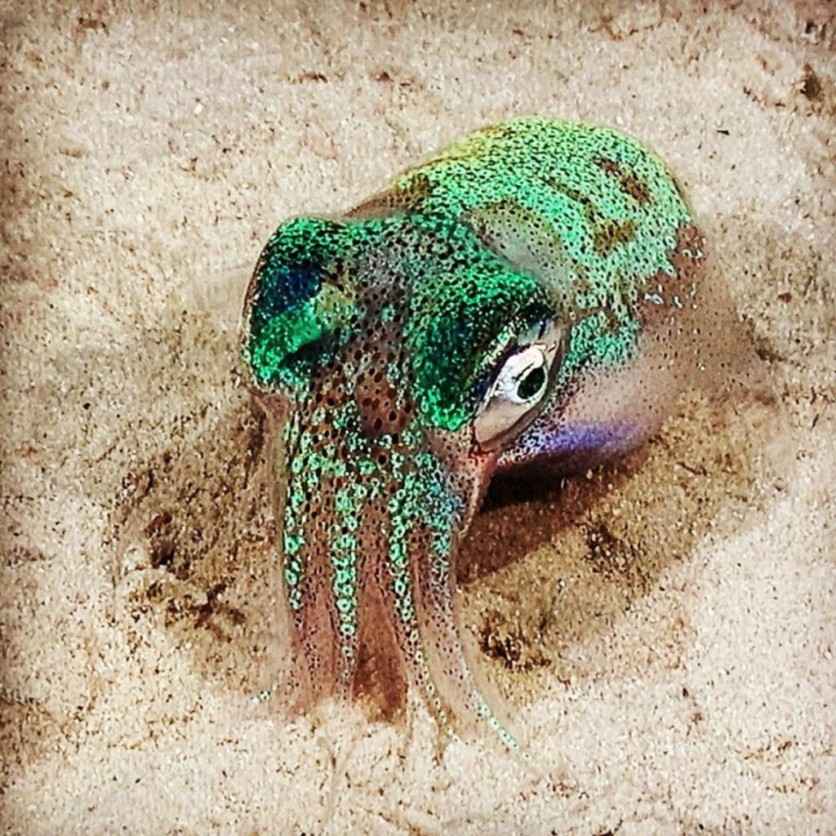Scientists have discovered beautiful deep-sea coral gardens at the well-known biodiversity hotspot, Bremer Canyon Marine Park in Australia during an oceanographic expedition.

The team used a remotely controlled vehicle in doing the exploration
Researchers from the University of Western Australia or UWA led this exploration, who also teamed up with Schmidt Ocean Institute to go and venture off the deepest parts of the sea. The team used a remotely operated vehicle called SuBastian, which is capable of actually sampling depths of the sea up to 4,500 meters. Schmidt's underwater robotic research program includes an astonishing design development of a 4500m robotic vehicle. This is them outfitted with a set of sensors and some scientific equipment to help and support data and collection of samples as well as interactive research, technology development, and experimentation.
The vehicle is also able to conduct deployment and recovery of equipment, mosaicing, physical sample collection, recovery, reconnaissance operations, seafloor mapping, seawater characterization--includes chemical ad thermal data collection, telepresence operations or virtual participation, visually immersive remote operations with ultra-high definition or UHD, and pan-zoom-fit or PZT camera--used as a camera for scientific video acquisition. It runs on Greensea OPENSEA operating platform, some core systems sensors and their add-ons, camera systems, sampling systems, sonar and core navigation systems, and science interfaces.
There are still some different unexplored oceans that surround Australia as well
They strategically collected some of the deep-sea coral's fauna, some seawater, and more of geological samples from the abyssal depth, which descended from 200 meters deep to 4,000. Chief Scientist from UWA Dr. Julie Trotter, said they have already made a number of remarkable discoveries from this canyon and that the vertical cliffs and ridges actually supports a stunning array of deep-sea corals that often host a range of organisms that form numerous mini-ecosystems.
Though this discovery is good for research, and the team has also ventured off to Leeuwin and Perth, there are still some places that are left undiscovered, and this includes the massive barrier reef and submarine canyons. In addition to these living corals, the canyons also have massive fossil coral deposits that look like the coral graveyard that researchers can also study better and understand the environment and how it when through an evolution in both historical and geological time.
Read Also : Woah! This Octopus-Inspired Robot Arm Can Open Anything And Find Ways To Escape When Trapped!
These records of deep-sea habitats are very new and important to scientific research about the ocean and important contribution to the Marine Parks, which can really help the community to understand furthermore and protect these wonderful ecosystems. These deep-sea dive and research help scientists understand the canyon more from a new perspective. It also helps biologists comprehend better and conversationalists to plan and devise strategies to protect these underwater species.
Read also: This Alien-Looking Parasite Can Live Without Oxygen: Could This Mean Life in Space is Possible?
ⓒ 2025 TECHTIMES.com All rights reserved. Do not reproduce without permission.




